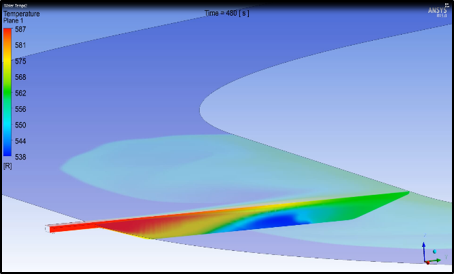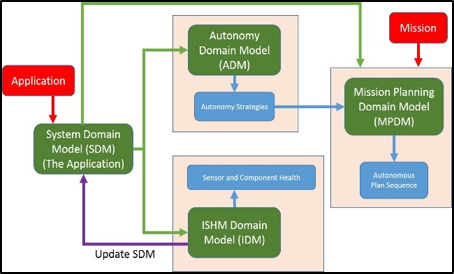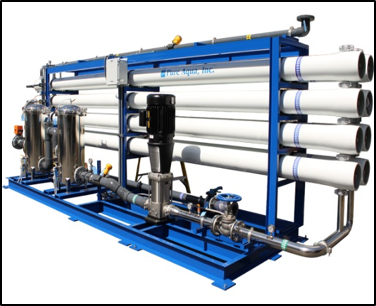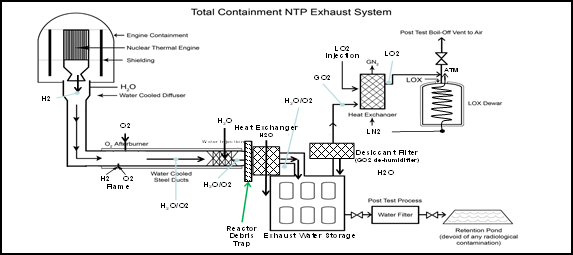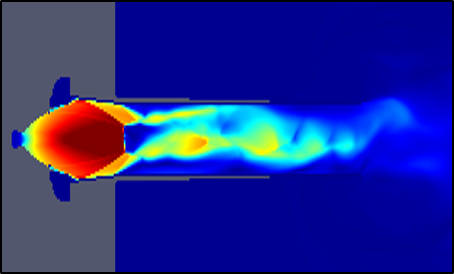Electrostatic Fluid Acceleration Breakthrough
Electro-Thermal Actuation Control for Unlocking Memory Metal Power Generation & Energy Conversion
PM: Scott Jensen |
Fiscal Year: 2016 |
Status: Completed |
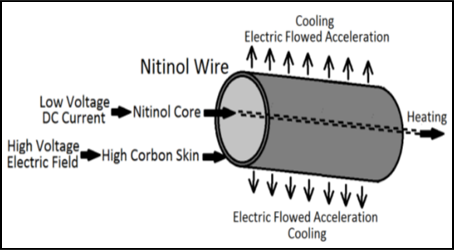
>
Memory metals can now actively drive power generators with several pounds of force
through small 100 µm actuation wires similar to a hair with very small masses. The
use of Electrostatic Fluid Acceleration (EFA) techniques on the small mass allows
rapid thermal exchange to occur permitting around 6000 rpm cyclic rates to be achievable.
This project accomplished a technological breakthrough by driving cyclic actuation by
alternating thermal exchange solely through EFA. This has opened the possibility to
construct memory metal generators unlike any other technologies. The results indicate
that it is possible to generate power from modest thermal sources with a very lightweight
table top sized nitinol generator functioning at efficiencies higher than 50%.
Electrostatic fluid acceleration flow concept
Go with the Flow
Investigation of Environmental Impact Discharge of Elevated Temperature Water into SSC's Canal System
PM: Jody Woods |
Fiscal Year: 2016 |
Status: Completed |
The cooling water system for a proposed Total Containment Thermal Propulsion (TCTP)
Ground Test Facility at the Stennis Space Center (SSC) operates by pumping water from
the SSC canal via the High Pressure Industrial Water Facility, passing it
through the TCTP facility, and then discharging it back into the canal. This project
assessed possible thermal and contaminant pollution of canal waters resulting from
operation of the TCTP facility. This study determined:
The operation of the TCTP facility will not introduce any contaminants into
the SSC canal water. Thus the composition of SSC canal water adjacent to the SSC
lock, dam and spillway will not be affected.
While the operation of the TCTP facility will increase SSC canal water temperatures
locally around the cooling water discharge for a short time during and after a rocket
engine test, the temperature of water adjacent to the SSC lock, dam and spillway will
not be affected.
Water Temperatures on discharge location depth profile at 480s into 3600s discharge
Health of the Gas House is Critical to Success
Gas House Autonomous System Monitoring
PM: Fernando Figueroa |
Fiscal Year: 2016 |
Status: Completed |
In complex and critical NASA systems, such as test and launch facilities,
and space systems, accurate and timely understanding of their condition
and readiness is paramount. Anomalies must be identified and diagnosed,
and the integrity of each element (sensor, transducers, and components)
must be assured. This project implemented autonomous monitoring utilizing
a paradigm that enables reasoning and decision making using the concepts,
and models that employ them. The core theory for the approach to autonomy
was defined. In addition, requirements for software platforms that may support
this approach were identified. The approach was demonstrated using the NASA
Platform for Autonomous Systems (NPAS).
Functional Software Architecture for Intelligent Integrated Autonomy
Radionuclide Filtering Technology
Investigation of Radionuclide Filtering Technology for Nuclear Thermal Propulsion Engine Testing
PM: Glen Guzik |
Fiscal Year: 2016 |
Status: Completed |
This project identified options for the removal of radionuclides from the exhaust
of a nuclear thermal propulsion rocket engine so that it can be safely flared to
the atmosphere. Existing nuclear industry certified filtration options were examined
and their capability is assessed against the requirements for NTP engine ground test
exhaust scrubbing. A cost estimate and a system footprint for the filtration system were
specified and recommendations were made for further technology development.
An elutant at room temperature can be flowed through the main trap to transport captured
radionuclides to the liquid nitrogen cooled trap. The elution process is then repeated at a higher
pressure. After the radioactive waste is consolidated into a small volume, the smallest trap can
be disconnected from the system for further processing and disposal.
The Pure Aqua Inc. reverse osmosis system is an example of a commercially available filter that might be used
Environmental Recs & Regs for NTP
Investigation of Environmental Requirements and Regulations for Nuclear Thermal Propulsion
PM: Richard Rauch |
Fiscal Year: 2016 |
Status: Completed |
This project focused on developing a compliance "roadmap" for environmental requirements
and regulations applicable to constructing and operating an nuclear thermal propulsion
ground test facility at SSC. This includes compliance with the National Environmental
Policy Act (NEPA) and Nuclear Regulatory Commission (NRC) and NASA requirements. This
roadmap identifies the steps required to achieve environmental compliance, and given that
nuclear and environmental regulatory compliance are closely intertwined, the roadmap directly
supports the nuclear regulatory site licensing process as defined by NRC regulations and the
Code of Federal Regulations.
Reducing the Cost of Rocket Engine Testing
Augmented Control of Supersonic Diffuser Boundary Layer Separation
PM: Danny Allgood |
Fiscal Year: 2016 |
Status: Completed |
Boundary layer separation within supersonic diffusers can produce intense heating
and vibratory loading. The design and construction of robust systems that are able
to withstand such extreme environments can be both difficult and expensive. Currently,
multi-stage steam ejectors are utilized in industry to reduce boundary layer separation
by decreasing the effective backpressure. However, this solution is costly to construct,
operate, and maintain throughout its life cycle. This project investigated an array of
alternate control solutions that could potentially reduce the cost and complexity associated
with altitude liquid rocket engine testing. The project evaluated the feasibility of active
and passive methods of boundary layer control using validated computational fluid dynamics
(CFD) methodologies.
CFD Model depicting Boundary Layer Separation
 >
>

 >
>
